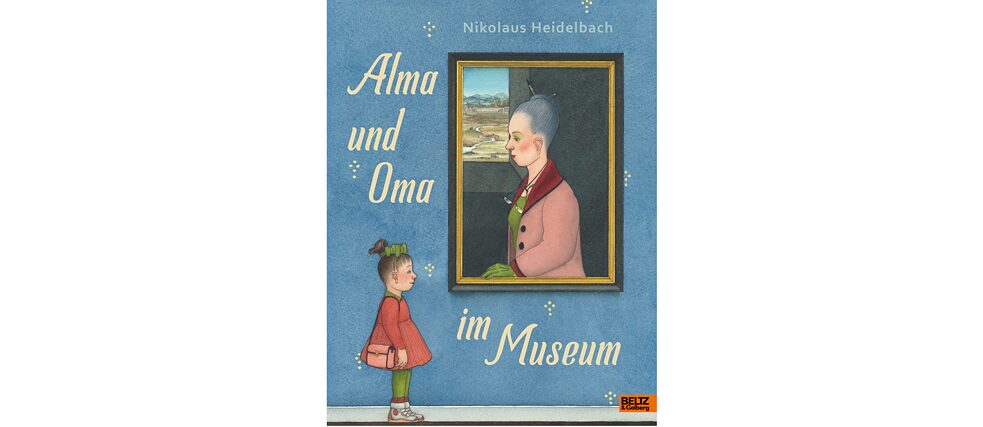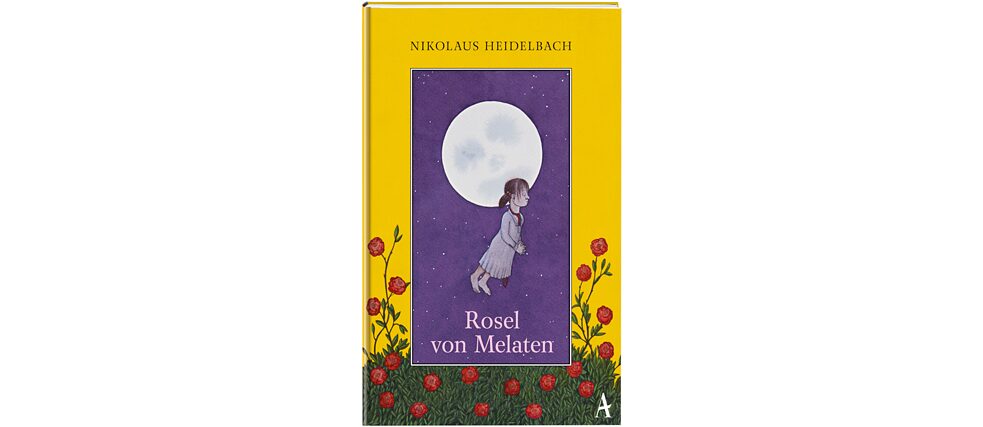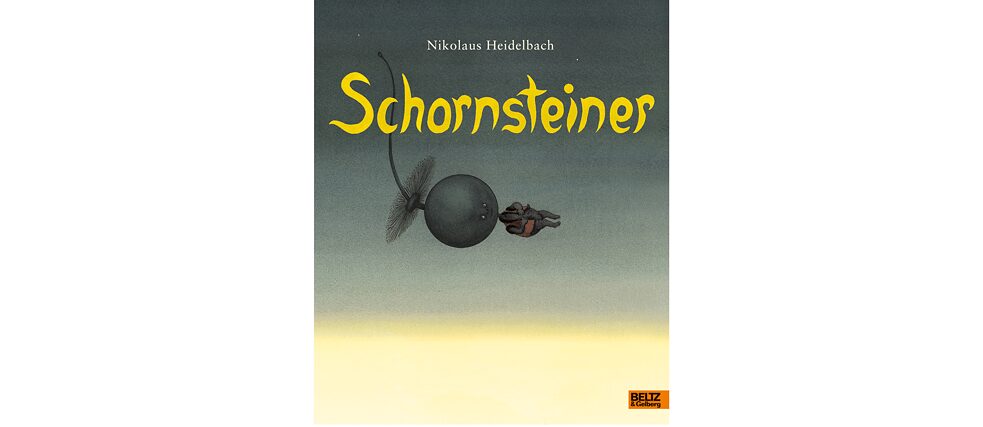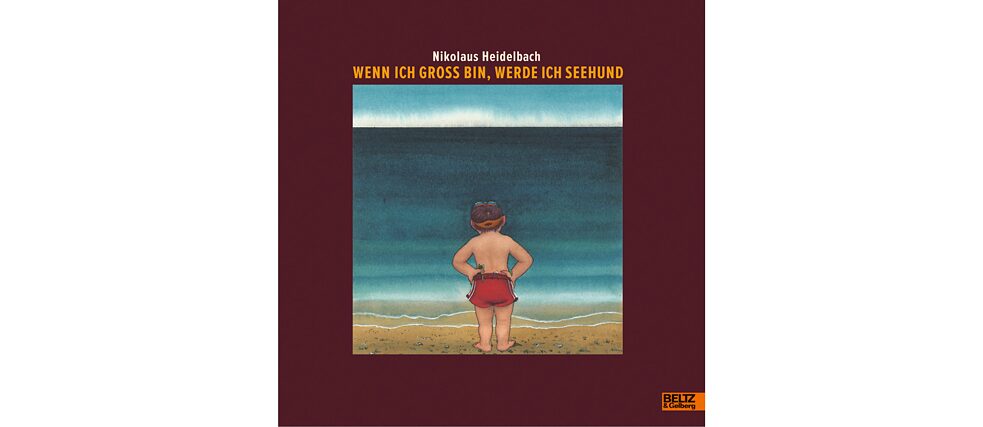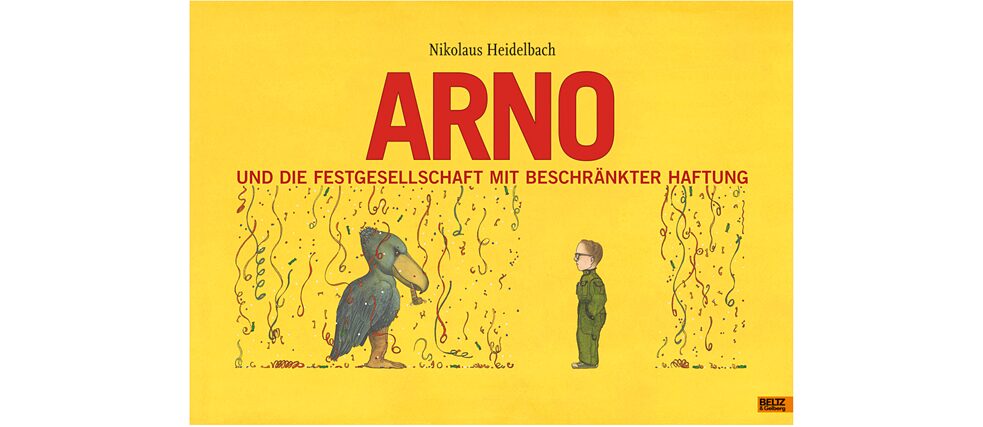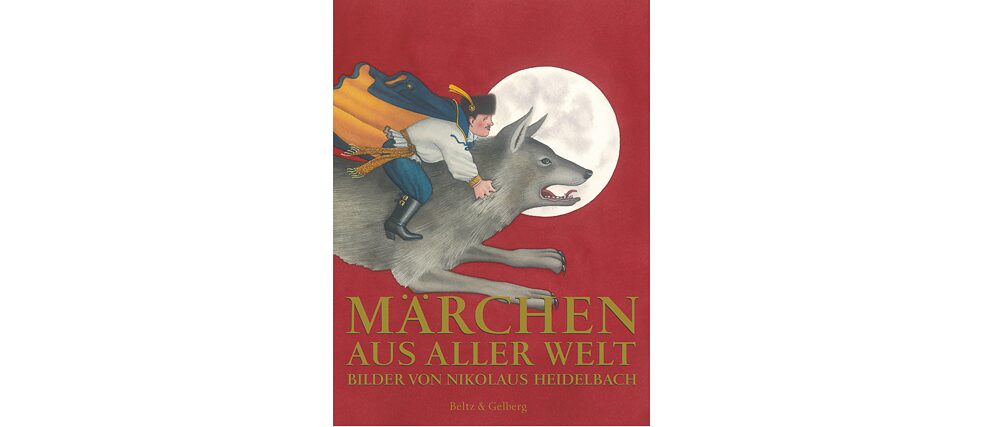Nikolaus Heidelbach
The funny and the terrible in the world of children

The little heroes in Nikolaus Heidelbach’s picture books do not live in a colourful children’s paradise, nor are they angelically innocent beings themselves either. The Cologne author’s narrative style depicts the light and the dark, as it were, in words and in pictures. Children can handle it, he says.
Nikolaus Heidelbach can look back on a career of more than 40 years as an author and illustrator. He has illustrated books by renowned children’s authors, such as Christine Nöstlinger, and fairy tales by the Brothers Grimm and H.C. Andersen, and also written numerous picture books of his own, most of which target a young audience.
No finger pointing or preaching
Heidelbach’s trademark is a sensitive exploration of “children’s feelings, perceptions and experiences,” as the jury of the German Children’s Literature Prize put it when they awarded him the 2000 Special Prize for his work published up to that point. Heidelbach not only succeeds in capturing the behaviour and needs of children in words and pictures; he also writes “without the slightest pedagogical impetus,” even when it comes to sensitive topics such as sexuality, death, jealousy and aggression, the jury noted.
Horror and humour go hand in hand
The young protagonists in his books experience both good and bad and they don’t always have the best, most innocent intentions either. Such as in Königin Gisela (Queen Gisela), the winner of the 2007 Children’s Literature Prize. It tells the story of a girl stranded on an island where she forces the meerkats living there to be her subjects – until they rebel. Published in 2015, Rosel von Melaten deals with violence against children in fairly-tale form where the heart-warming and the cruel are closely related. Heidelbach has deliberately chosen this narrative principle. As he once told Deutschlandfunk radio, he strongly feels horror not only can, but also has to be the subject of children’s books, though presenting disturbing topics has to be “handled with care”.
Surrealism and muted colours
Heidelbach’s visual language is idiosyncratic. As an artist, he uses elements from different movements, such as Surrealism, and blends them into his own visual language. Here, too, he consciously chooses not to draw the world of children in pink and baby blue. Critics have reflected that his use of subdued colours allows picture books to reflect the dark sides of children’s everyday lives as well. “I think you can see very enchanting things in children,” Heidelbach once said, “but also enchantingly cruel things.”
